Radon: The Unseen Danger Under Your Feet in Calgary Homes
When we talk about home safety, most of us think about threats we can see or smell—fire hazards, carbon monoxide, break-ins. But there’s a much quieter danger hiding beneath our feet in many Calgary homes. It’s a threat that doesn’t make a sound, doesn’t have a smell, and leaves no visible trace. I’m talking about radon gas.
Use our quick navigation guide below to jump to any point of our blog on A Homeowner's Guide to Radon Gas in Canada: 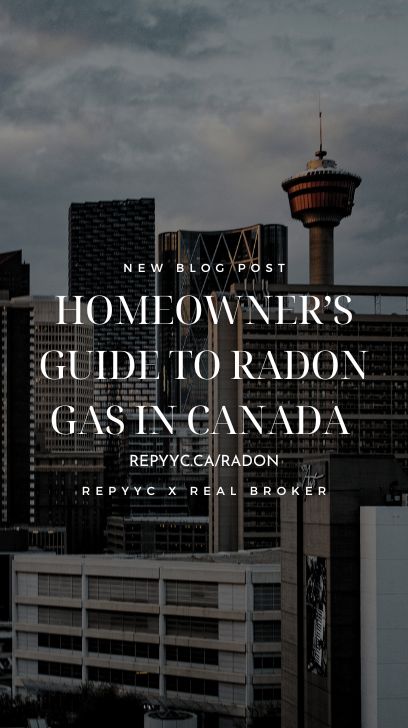
- What is Radon and Why Should You Care?
- Why Radon is a Health Risk
- How Radon Gets Into Your Home
- Testing is Believing: How to Know Your Home’s Radon Level
- Your Testing Options
- Best Practices for Testing
- What Do Your Test Results Mean?
- The Fix: Active Sub-Slab Depressurization (ASSD)
- Why You Should Hire a Certified Professional
- How Much Does It Cost?
- Radon in Real Estate
- Beyond the Home: Schools and Workplaces
- Final Thoughts: Take Action Now
Radon is a naturally occurring radioactive gas that comes from the breakdown of uranium in soil and rock. It’s colourless, odourless, and tasteless, which means you won’t know it’s there unless you specifically test for it. But don’t let its invisibility fool you. This stuff is deadly. Radon is the number one cause of lung cancer in non-smokers and the second leading cause overall. It claims over 3,000 Canadian lives every year.
A comprehensive study by the University of Calgary recently revealed that more than 10.3 million Canadians are living in homes with radon levels that exceed Health Canada’s recommended guidelines. That’s a dramatic jump from previous years. In 2012, about 7% of homes were flagged as high-risk. Today, that number is nearly 18%. The culprit? Ironically, our drive for energy efficiency. Modern homes are built tighter to save on energy costs, but that also means they’re better at trapping gases like radon inside.
So, what can you do? That’s what this guide is for. I’m going to walk you through everything you need to know about radon: where it comes from, why it’s dangerous, how it gets into your home, how to test for it, and most importantly—how to fix it if your levels are too high.
What is Radon and Why Should You Care?
Where Does Radon Come From? Radon forms naturally as uranium breaks down in soil, rock, and groundwater. This process happens all over the world, including right under your home. Outdoors, it disperses quickly and poses little risk. But when it seeps into enclosed spaces—like your basement—it can accumulate to levels that are dangerous to your health.
Radon Safety in Canadian Homes
Read this important guide from Health Canada to understand the dangers of radon and how to protect your home: Radon Brochure (PDF) (Source: Health Canada)
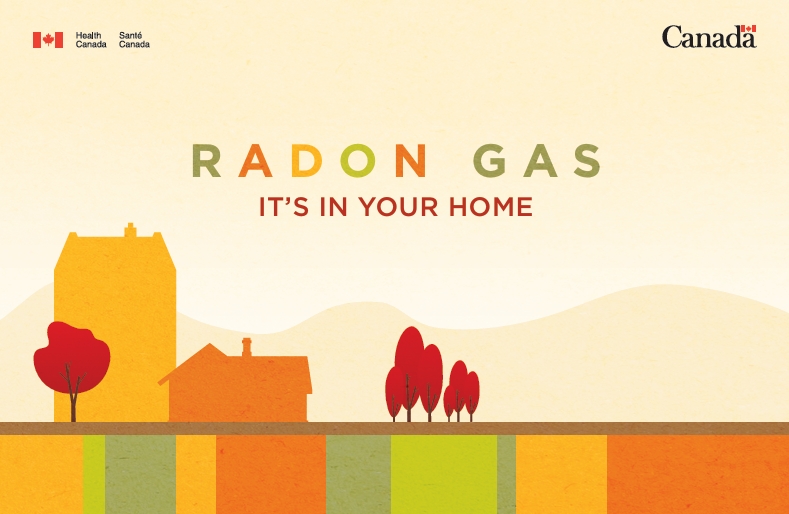
Why Radon is a Health Risk
Radon exposure is the #1 cause of lung cancer in non-smokers and the second leading cause overall. When you breathe radon in, it breaks down further inside your lungs and releases alpha particles. These particles can damage the DNA in your lung tissue and, over time, lead to cancer. The risk depends on two main factors: how much radon you’re exposed to and for how long.
The numbers are sobering:
-
More than 3,000 Canadians die each year from radon-induced lung cancer.
-
Lung cancer remains the leading cause of cancer death in Canada.
-
Long-term exposure to high levels of radon dramatically increases your odds of developing lung cancer.
Smoking and radon exposure together create a dangerous multiplier effect. For example, a lifelong smoker has about a 1 in 10 chance of developing lung cancer. Add long-term exposure to high radon levels, and that risk spikes to 1 in 3. For a non-smoker living in the same high-radon environment, the lifetime risk is still about 1 in 20.
In short: radon isn’t a hypothetical concern—it’s a proven, preventable health hazard. The only way to know if your home is safe is to test.
How Radon Gets Into Your Home
Radon is a gas, and gases find their way into places where air can move. It typically enters your home through any gap or crack in the foundation: think floor cracks, wall joints, gaps around pipes, sump pits, crawl spaces, and unfinished basements.
During colder months, your home acts like a giant vacuum thanks to something called the “stack effect.” As warm air rises and escapes through the upper parts of your house, it pulls cooler air—and radon—from the ground into your basement. The tighter your home is sealed for energy efficiency, the more pronounced this vacuum effect becomes.
Testing is Believing: How to Know Your Home’s Radon Level
Why One Quick Test Isn’t Enough
Radon isn’t consistent. Its levels can spike or drop depending on the weather, the time of year, and how your home is being used. For example:
-
In winter, when windows and doors are closed, radon levels tend to be higher.
-
A rainy day can raise the groundwater table and push more radon into your home.
-
Using exhaust fans or dryers can create negative pressure and pull radon up from the soil.
That’s why a single, short-term test doesn’t cut it. You need a more accurate picture of the long-term average exposure your household is experiencing. It is important that you conduct a long-term test for a minimum of 3 months.
Your Testing Options
-
Long-Term Test (91+ days): This is the gold standard. It gives you an accurate average over time, accounting for daily and seasonal fluctuations. It’s the method recommended by Health Canada and used in scientific research studies like the Evict Radon National Study.
-
Short-Term Test (2–90 days): These can give you a quick snapshot, which might be useful during a home sale or as a first check. But they’re not reliable for making major decisions.
-
Digital Monitors: These devices provide continuous readings. They're great for tech-savvy homeowners who want real-time data, but they’re best used in combination with a long-term test.
Best Practices for Testing
Always place the test kit on the lowest lived-in level of your home—usually the basement. Choose an area where people spend time (not a cold storage room or utility closet). Testing is most accurate during the heating season, from October to April. You can purchase a DIY kit from a trusted supplier or hire a professional certified through the Canadian National Radon Proficiency Program (C-NRPP).
Click on the Image to watch Dusko Sremac Explain His Findings after 1 Year of Radon Testing in All 3 Levels of His Home
Taking Action: How to Fix a Radon Problem
What Do Your Test Results Mean?
In Canada, radon levels are measured in becquerels per cubic metre (Bq/m³):
-
Health Canada recommends mitigation if your level is 200 Bq/m³ or higher.
-
The World Health Organization advises action at 100 Bq/m³.
-
In the U.S., the EPA’s guideline is 4.0 pCi/L, which is about 148 Bq/m³.
The Fix: Active Sub-Slab Depressurization (ASSD)
This is the gold standard when it comes to radon mitigation. It’s a permanent, mechanical solution that’s both simple and effective. Here's how it works:
-
A contractor drills a hole in your basement slab to create a suction point.
-
A PVC pipe is inserted into this hole and routed to the outside of your home—either through the attic or up an exterior wall.
-
A radon-specific fan is installed to create continuous suction beneath your home’s foundation.
-
This suction prevents radon from entering your home and safely vents it above your roofline.
-
The contractor seals any visible cracks or gaps in your foundation to improve system performance.
Once installed, this system can reduce radon levels by 80% to 99%. It runs 24/7 and typically costs only $80 to $100 per year in electricity.
Why You Should Hire a Certified Professional
This is a job for the pros. Health Canada recommends using a C-NRPP certified contractor. They’ll ensure the system is correctly installed and conduct a follow-up test to confirm that radon levels have dropped to a safe range.
Learn More About How to Reduce Radon in your Home
Click on Image to see the full publication (Source: Health Canada)
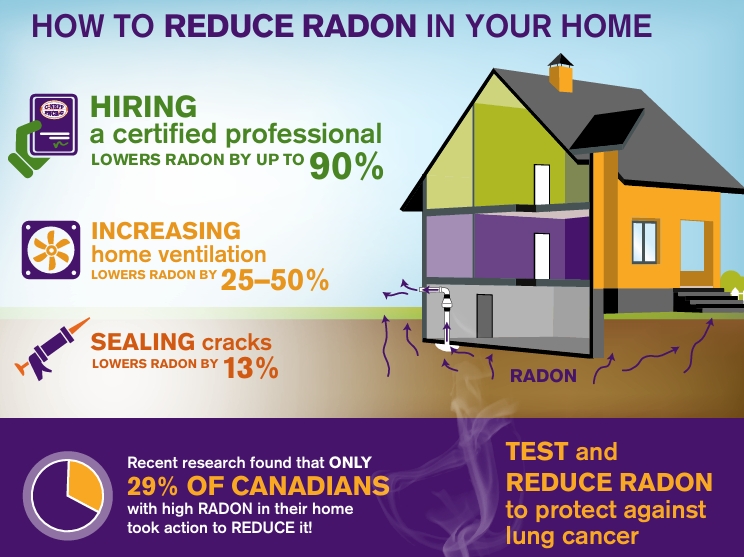
The Radon Conversation: Practical Advice and Next Steps
How Much Does It Cost?
Installing a mitigation system is an investment—typically between $2,500 and $3,500 depending on your home. But when you compare that to the cost of treating lung cancer—or worse, losing a loved one—the value is clear. Plus, it can increase your home’s resale value and make it more attractive to future buyers.
Radon in Real Estate
Radon testing is becoming more common in home transactions:
-
If you’re buying: Ask if the home has been tested. If not, request a test as part of the conditions of your purchase.
-
If you’re selling: Being proactive can be a strong selling point. Show potential buyers that your home is safe.
Beyond the Home: Schools and Workplaces
Radon isn’t just a residential issue. Schools, offices, and public buildings can all be affected. The University of Calgary is leading by example with their campus-wide testing and mitigation efforts. That’s the kind of initiative we need to see more of.
Talk to Your Doctor
If you’ve lived in a high-radon home for years, bring it up at your next checkup. It’s important info for your medical file and could prompt your physician to send you for lung cancer screening. Early detection can save lives.
Realtors, This is Your Call to Action
You probably never thought becoming a real estate agent could mean saving someone’s life—but when it comes to radon, it just might.
Encourage every client to run a long-term radon test once they move in. Some agents even take it a step further by including test kits or Health Canada radon info in their closing gifts. Others are using a holdback in transactions to ensure testing and mitigation can be done if high levels are discovered.
Radon is the #1 cause of lung cancer in non-smokers, and testing is simple. Helping your clients test isn’t just good service—it’s protecting their health for the long run.
If you are a realtor, be sure and share this important information with your clients. Click on the image below to go to the full publication.
(Source: Health Canada)
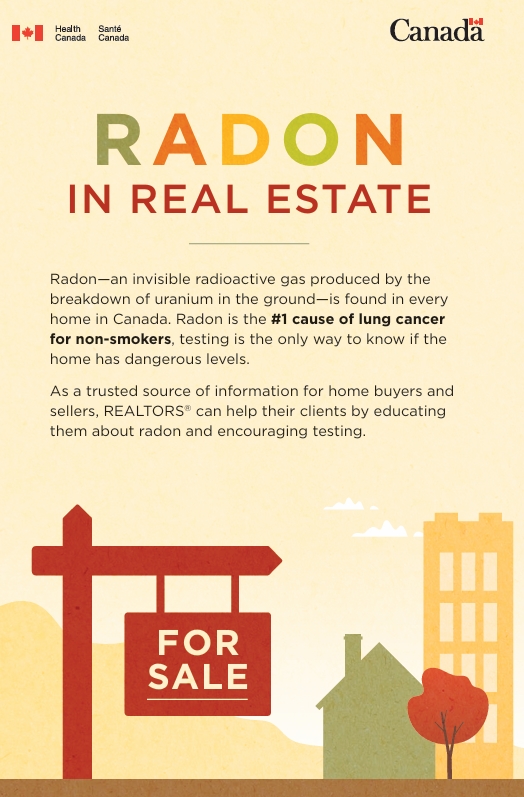
Final Thoughts: Take Action Now
Radon gas is an invisible but very real threat to your health. But here’s the good news: it’s manageable. You can test for it. You can fix it. You can protect your home and your family.
Here’s your three-step action plan:
-
Test your home—ideally with a long-term kit.
-
Fix the problem if levels are above the recommended limit.
-
Tell others—help spread the word and protect your community.
This is about more than home maintenance—it’s about health and peace of mind. If you’re ready to take the next step, I’m here to help.

Dusko Sremac – Calgary REALTOR®
For me, real estate isn’t just about buying and selling—it’s about safeguarding the lifestyle and health of my clients. That’s why I take issues like radon seriously. After testing my own home for over a year, I know firsthand how invisible risks can affect families. My role is to guide you not only through the market, but also through the realities of what safe and smart Calgary living truly means.
Whether you’re buying, selling, or simply curious about your home’s long-term safety, I bring data, hands-on experience, and a no-nonsense approach to every conversation. Real estate is more than a transaction—it’s about protecting what matters most.
Cell: 403-988-0033 | Email: dusko@repyyc.com | Instagram: @DuskoSremac_REPYYC

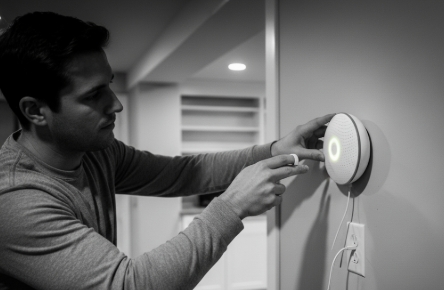
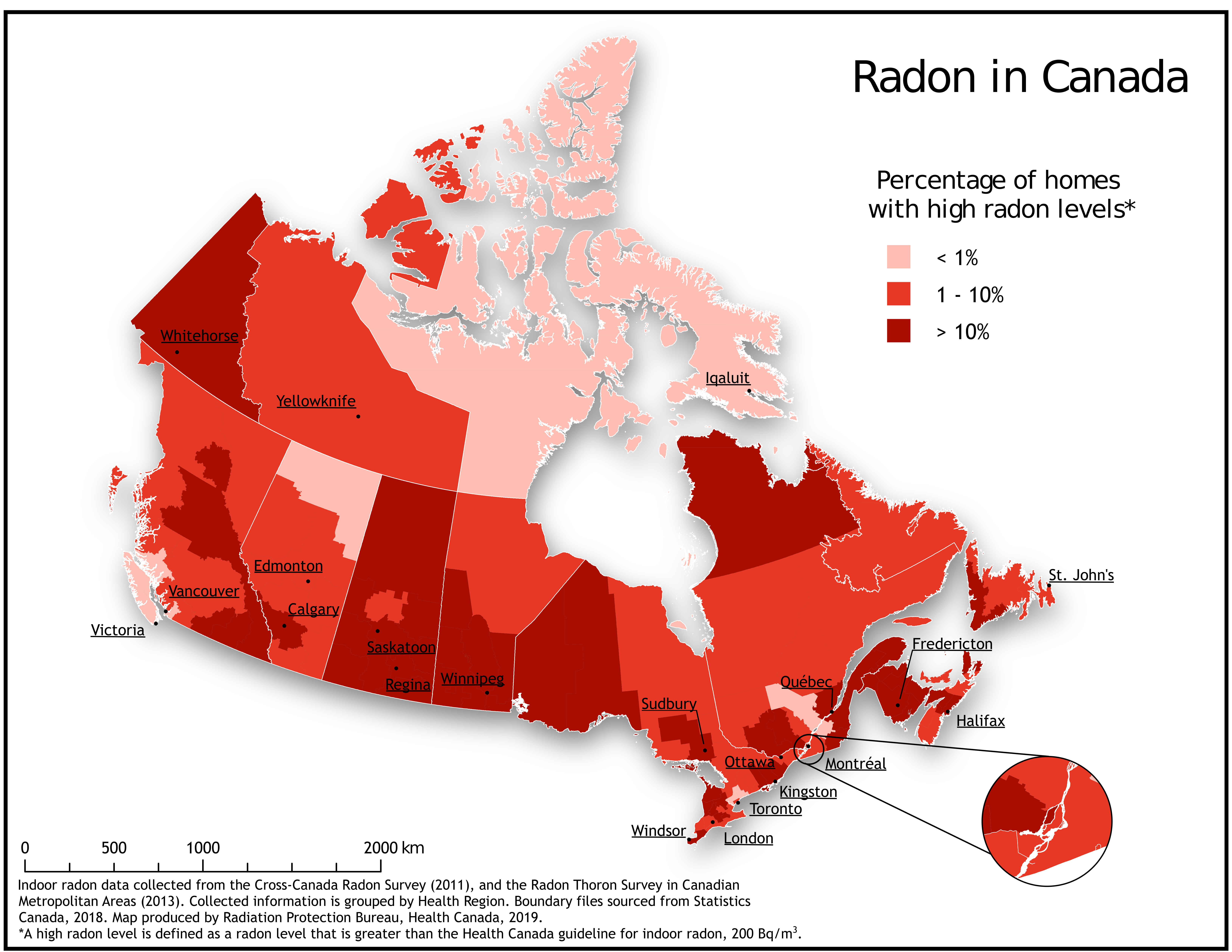

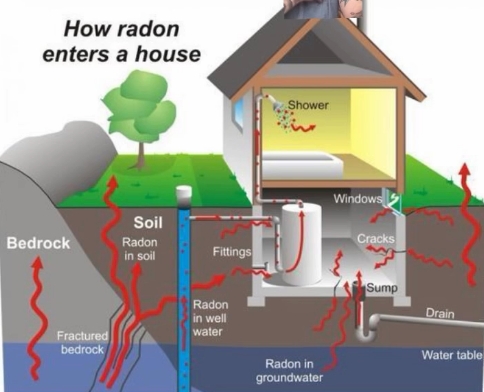
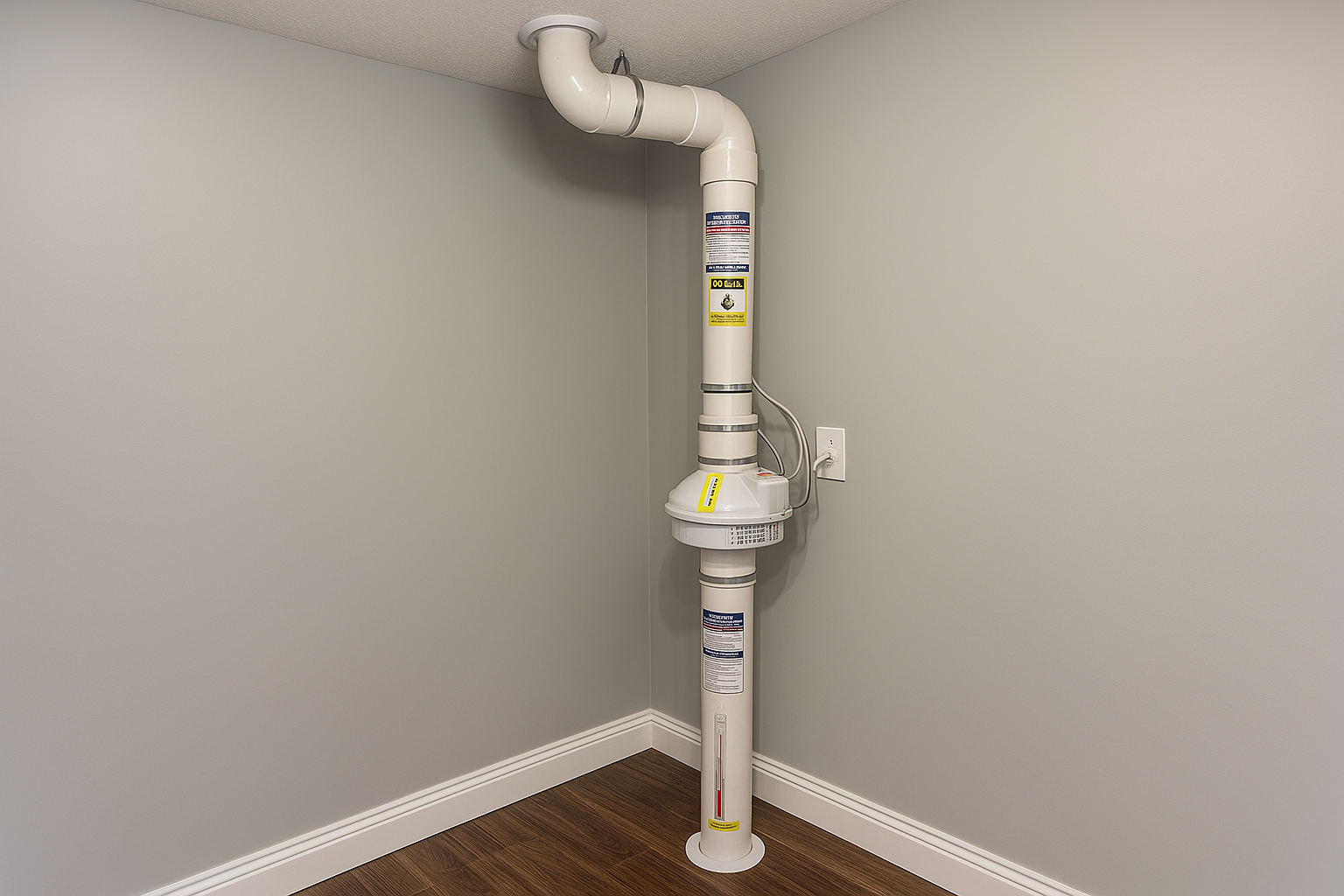
Leave A Comment